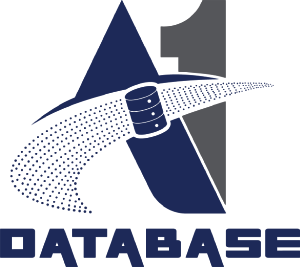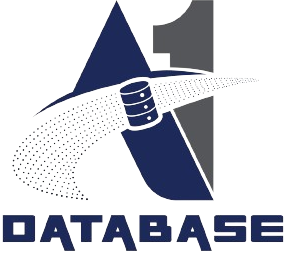- December 8, 2024
- by Admin
- Data Extraction
The ETL process serves as a widely utilized approach for the integration, transformation, and storage of data sourced from various origins for analytical objectives. It guarantees that the data is consistent, precise, and primed to uncover significant insights. The process can be delineated as follows:
- Extract: This initial phase involves the retrieval of data from source systems, which may include databases, applications, files, or other repositories. It focuses on identifying and extracting the pertinent data required for analysis or reporting.
- Transform: Following extraction, the data undergoes transformation to ensure it meets the necessary structure, format, or quality standards. This may involve data cleansing, aggregation, enrichment, and other operations to ready the data for analysis.
- Load: After extraction and transformation, the data is loaded into a destination system, typically a data warehouse or a database designed for analytical queries. This loading phase entails placing the prepared data into the target system for optimal storage and retrieval.
Data Extraction without ETL
Not all organizations require data extraction to adhere to the ETL framework. In instances where immediate access to unprocessed data suffices and extensive transformation is not needed prior to analysis, data extraction without ETL presents a viable solution. The following outlines its functionality:
- Direct Extraction: In certain situations, data extraction can be performed without the intermediary transformation and loading phases typical of ETL. This method entails directly retrieving data from source systems for prompt analysis or reporting. For instance, employing Optical Character Recognition (OCR) enables the extraction of data from PDFs, images, and scanned documents.
- Utilization of APIs (Application Programming Interfaces): Data extraction without ETL may also involve making direct API calls to source systems. APIs facilitate structured interactions between various software applications, allowing for the extraction of specific data segments. Additionally, OCR technology can be incorporated into this process to extract text or data from images or documents accessed through APIs.
- File-Based Extraction: Another technique consists of directly extracting data from files, such as Excel spreadsheets, CSV files, or other structured formats. This method is particularly useful when the data is already formatted appropriately for analysis.
Direct data extraction may provide a straightforward and rapid solution for certain scenarios. However, it often falls short in delivering the comprehensive data integration and transformation features that ETL processes typically encompass. The choice between ETL and direct extraction should align with your unique business aims and the specific requirements of data extraction.

